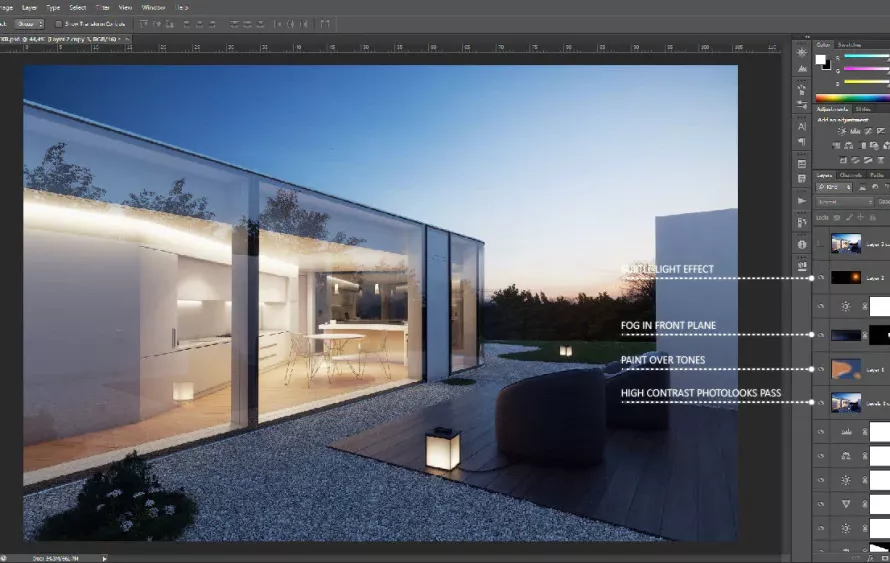Many people are familiar with the term motherboard, but may not have a clear understanding of what it is or what it’s used for. In this blog post, we will provide an overview of motherboard technology and how it’s being used today in the rendering industry. From rendering software to hardware, read on to learn more about how motherboard technology is changing the landscape of the rendering process.
What is a motherboard?
A motherboard is a component in a computer system that contains most of the components necessary for connecting and controlling the other components. It includes the Central Processing Unit (CPU), Memory Controller Hub, Graphics Processor Unit (GPU), System Management Controller (SMC), Serial ATA Controller, and other important components. Motherboards come in different shapes and sizes to fit almost any computer system. They vary in price, features, and performance.
Many motherboards also have slots for additional cards such as graphics cards or additional RAM. Some motherboards have multiple USB ports, Ethernet ports, audio ports, and even removable storage drives. Motherboards can also be customized with add-on cards or processors to give you the extra power you need to do your job or play your favorite game.

What are the different types of motherboard?
Motherboard for rendering introduce
There are different types of motherboard for rendering. The main differences between them are their processing power, graphics capabilities and connectivity. A motherboard for rendering should have more than enough processing power to handle the complex calculations needed for high-resolution renderings. It should also have a good graphics card to help with the creation of realistic images. And lastly, it should be well-connected so that you can easily access all of your renderings and other computer files.
Motherboard for gaming
Another type of motherboard for rendering is a motherboard for gaming. These boards are designed specifically for gamers and are often more powerful than motherboards designed for rendering. They typically have more processing power and better graphics cards than motherboards designed for rendering. They can also be well-connected, so you can easily access your games and other computer files.

How does a motherboard render video?
A motherboard specifically designed for the rendering process is essential. It needs to have good graphics processing abilities, as well as multiple ports that allow for connection of additional hardware needed for rendering such as a video card, monitor and storage. A good motherboard will also have built-in features that make the rendering process easier, such as an automatic backup system and a render manager.
How do I choose the right motherboard for my needs?
There are a few things to consider when selecting a motherboard for rendering. The most important factors are the type of graphics card you’ll be using and how much memory your system will require. Other factors to consider include the number of PCIExpress slots and USB ports. The following is a list of the most popular motherboard types for rendering:
- AMD Ryzen 7/5/3
- Intel Core i7-8700K
- NVIDIA GTX 1080 Ti
- ASUS ROG MAXIMUS IX HERO
The AMD Ryzen 7/5/3 processors are great for rendering because they come with 8 cores and 16 threads. Intel Core i7-8700K processors offer even more performance, with 12 cores and 24 threads. If you’re planning on using a high-end graphics card, such as an NVIDIA GTX 1080 Ti, then you’ll need at least an AMD Ryzen 7 or an Intel Core i7-8700K motherboard. For those who don’t want to spend as much money, ASUS ROG MAXIMUS IX HERO is a good option because it offers similar performance to the more expensive models without costing as much.

Another important factor to consider when choosing a motherboard is the amount of memory your system will require. Most systems nowadays require at least 16GB of memory, but 32GB or more is also recommended. This allows you to render larger files without having to wait long periods of time for them to finish processing. If you don’t plan on using that much memory, then
Conclusion
If you’re in the market for a new motherboard for rendering, it’s important to consider the features that are important to you and which will make your work process easier. Here are some of the key factors to keep in mind when shopping for a new motherboard:
- Graphics processing capabilities
- Memory requirements
- PCI Express slots and USB ports
- Number of cores and threads
- Size and type of video card





